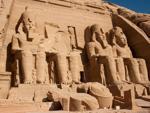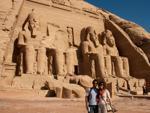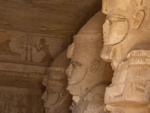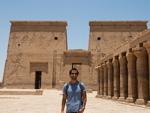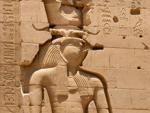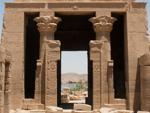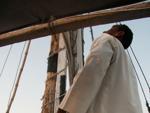Today is the first day of the Holy month of Ramadan. It is my first Ramadan here in Qatar and Travis’ second (although I’m not sure if living on camp in Ras Laffan Industrial City counts in as really having experienced a Ramadan in Qatar!). During the lead up to Ramadan there were many discussions in the our office – what to do, what not to do. I was curious to see what it would be like – one month where most of the country’s population is fasting – this combined with the fact that it falls generally during the hottest months in the year in the gulf.
Ramadan is the ninth month of the Muslim calendar, where Muslims are required to fast from sunrise to sunset. According to the teachings of Islam, fasting month reminds people of the poor and how they feel. It is also a time for redirecting the heart away from worldly or personal desires. The fasting period lasts for a full lunar month.
As we are not Muslims, one may think that Ramadan does not affect us and other non-Muslims in a significant way. However, there are some very strict constraints placed during this month. For example, eating, drinking and smoking is forbidden in public – it is illegal. You are not allowed to drink, smoke or eat in even in your car.
In the office we have reduced working hours. I read today that the Ministry of Labour will enforce this by conducting surprise raids in private offices to make sure employees are not working more than six hours (!) Within our office eating is permitted only in designated areas (i.e. the concealed kitchen). Out of respect for fasting colleagues we are not permitted to heat up food. Shops and cafes are closed during the day and re-open at sunset until the early hours of the morning.
Iftar refers to the breaking of the fast and takes place at sunset. Most restaurants here advertise speciality Iftar menus. I have heard that in reality, consumption actually increases during Ramadan. Many of the Iftar meals that restaurants and hotels offer are buffet-style feasts in contrast to the simple Iftar meals of Arabic bread, dates and curry which were traditionally eaten. It seems the government have recognised this and a number of newspapers have urged people to remember the religious intent of Ramadan.
Anyway, with Ramadan just beginning we are hoping to attend some of the Iftar celebrations around town and see what the locals get up to. Looking forward to it!






































































































